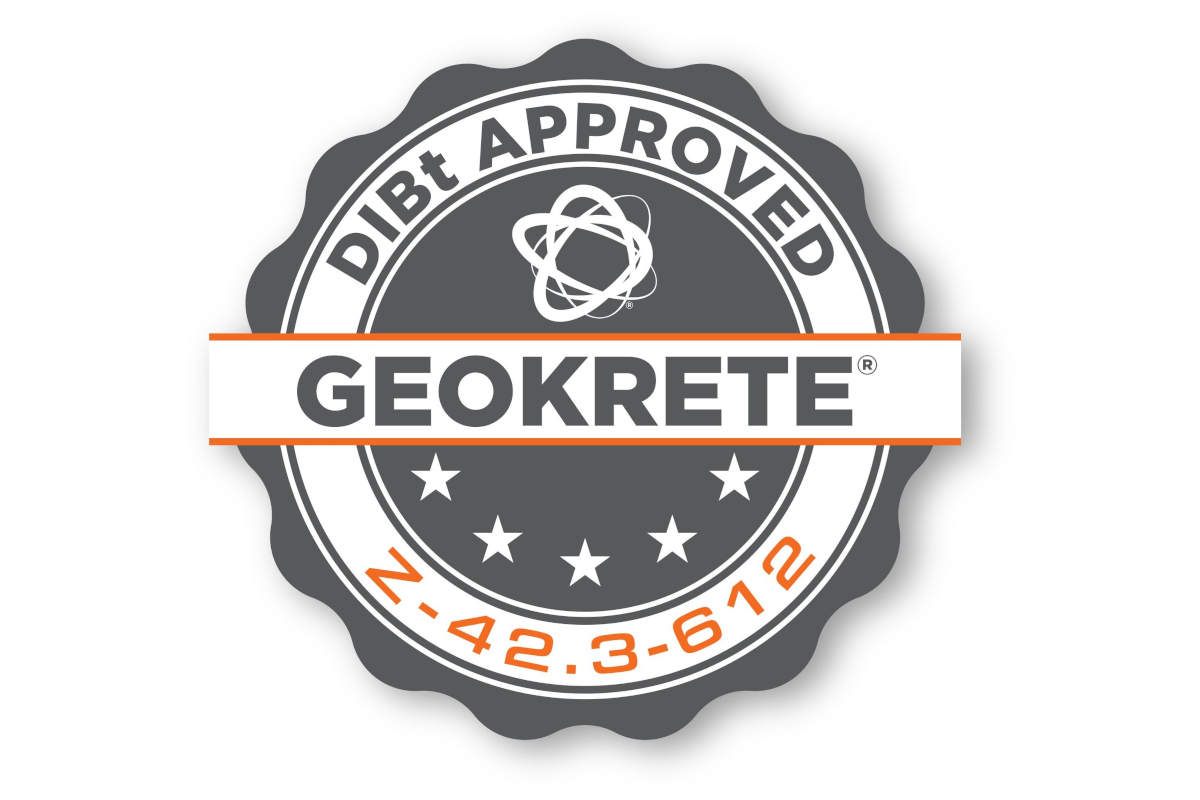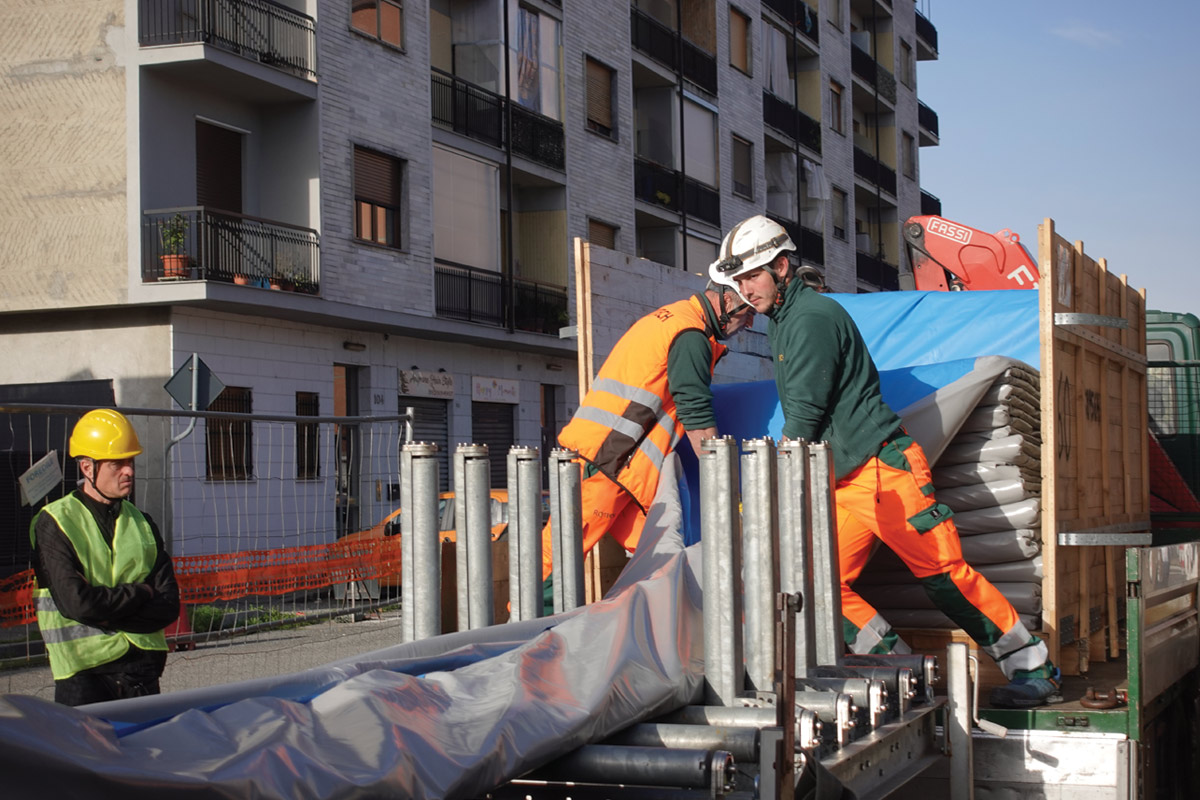The Solution for Limiting the Bore Depth: GRD

A family in Nürtigen in Germany, who wanted to operate with a geothermal heating pump in their new home, experienced this as well. In the adjacent neighborhood there are already several geothermal heating tube units with bores at 100 m depths, which gave the family the model to work on.
The premises is on the borderline, but is within the water protection zone number 3.

Furthermore a sole, which could endanger the groundwater, was not allowed.
But, instead potassium carbonate as in this case. Further regulations involved:
- No drilling fluid method, only dry bore method
- The heating tubes had to be swaged with a sulphate consistent cement.
This was a challenge, even for the GRD slanted bore technology. All requirements were fulfilled to the fullest satisfaction.
Short, slanted bores are also even more efficient than vertical bores, as the three-dimensional and radial arrangement allows the geothermal potential to be physically recorded much better. A survey at the University of Siegen has proved this: You can find further information at: www.tracto-technik.de under special reports.
For the required cold capacity of 18 kW a total of 11 bores, each with a length of 30 m were required. The central bore point, where the access manhole required after completion of the installation, was chosen, so that the heating tubes could be lowered in various angles from 30 to 65 degrees in all directions and also beneath the building, but at the same time also retaining the necessary distances.

Even the soil was anything but bore friendly. The pre-inspection, carried out by a private geological company indicated a marl soil (lumpy marl) with high clay marl particles, which could be penetrated without the need to add water. Adding water would have caused the soil to soften and pose the danger of sliding on the slope. As the application of drilling fluid was out of the question, this proved to be an additional obstacle. This left only the possibility of carrying out a dry bore with the GRD technology, which the bore team carried out exemplary.
After the bores, the REHAU endless coaxial heating tubes were installed and swaged with the respective sulphate-consistent cement.
Despite these unusual and difficult marginal conditions, the EWS unit was installed successfully. In the meantime the family has moved into the house and is experiencing their first heating period.
This article was submitted by Tracto-Technik, Lennestadt, Germany.




